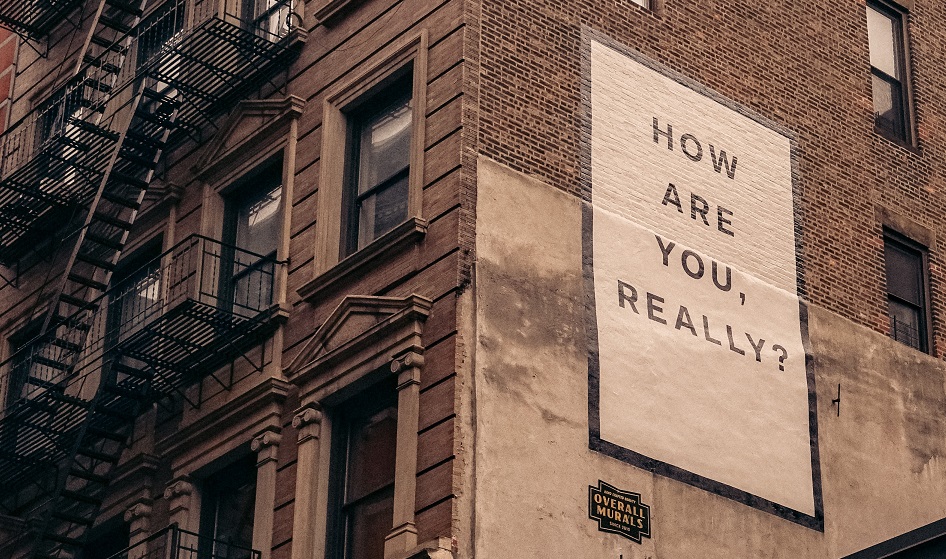Emergency departments are seeing an uptick in mental health visits, but they are not equipped to treat patients long-term.
Data from the National Hospital Ambulatory Medical Care Survey (NHAMCS) revealed visits to emergency departments (EDs) for mental health conditions increased nearly two-fold in the decade from 2007–2008 to 2015–2016. Researchers found “the proportion of ED visits for mental health diagnoses increased from 6.6% to 10.9%, with substance use accounting for much of the increase,” publishing their findings online in The Journal of Clinical Psychiatry.
“The increasing use of the ED for mental health reasons is concerning,” senior author Taeho Greg Rhee, PhD, MSW, said. “Treating mental health conditions in EDs is often considered suboptimal, because of limited time for full psychiatric assessment, lack of trained providers, and limited privacy in EDs.” EDs are not equipped to handle long-term care, and patients are often discharged with further treatment needed.
“Roughly one fifth of US adults experience some type of mental, behavioral, or emotional disorder annually. Moreover, the suicide rate has been steadily increasing, and there continues to be a raging opioid epidemic,” the researchers wrote. “Despite these alarming figures, 57.4% of adults with mental illness reported in 2017 that they had not received any mental health treatment in the past year.”

With a limited assessment undertaken at the hospital and inability for the patient to be kept long-term, the risk of suicide might remain high after the individual is released. What’s more, most studies of mental health ED use “are by now outdated, as they used data from years prior to the full implementation of the [Affordable Care Act],” the researchers wrote.
“More Americans are suffering from mental illness and given the recent policy efforts of expanding access to mental health care, we were questioning if ED visits due to mental health has changed or not,” Rhee said. Therefore, the team decided to conduct a cross-sectional analysis of data from the NHAMCS provided by the National Center for Health Statistics of the Centers for Disease Control and Prevention (CDC).
Researchers developed five categories of psychiatric diagnoses, including mood disorders, anxiety disorders, psychosis or schizophrenia, suicide attempt or ideation, and other/unspecified. Substance use was grouped into six categories, including alcohol, amphetamine, cannabis, cocaine, opioid, or other/unspecified. These were used to determine the type of disorder a patient had, whether the patient had both psychiatric and substance-related diagnoses, and whether the patient received multiple mental health diagnoses at the time of the ED visit.
“One explanation why ED visits for mental health conditions have increased is that substance-related problems, which include overdose/self-injury issues, have increased over time,” Rhee said, adding that another explanation is “mental health care access has been expanded through the ACA, people, especially those with lower socioeconomic backgrounds, do not know how to get access to care and are still under-served. If mental health–related ED visits continue to increase in the future, there are several steps to be made. ED providers need to be better equipped with mental health care, and behavioral health should be better integrated as part of the care coordination.”
Benjamin Druss, MD, MPH, a professor and Rosalynn Carter Chair in Mental Health, Rollins School of Public Health, Emory University, Atlanta, Georgia, called, “EDs the canaries in the coal mine for the broader health system.” Druss, who was not involved in the research, said, “The growing number of ED visits for behavioral problems could represent both a rise in acute conditions such as substance use and lack of access to outpatient treatment. The findings suggest the importance of strategies to effectively manage patients with behavioral conditions in ED settings and to effectively link them with high-quality outpatient care.”
Sources:
ED Visits for Mental Health, Substance Use Doubled in One Decade
Johns Hopkins Hospital No. 1 for Adult Psychiatry; Mental Health ED Visits Spike


Join the conversation!